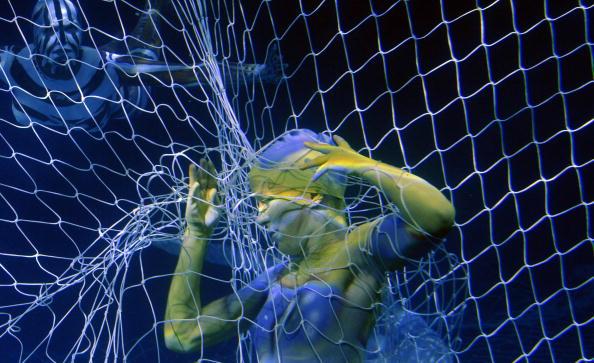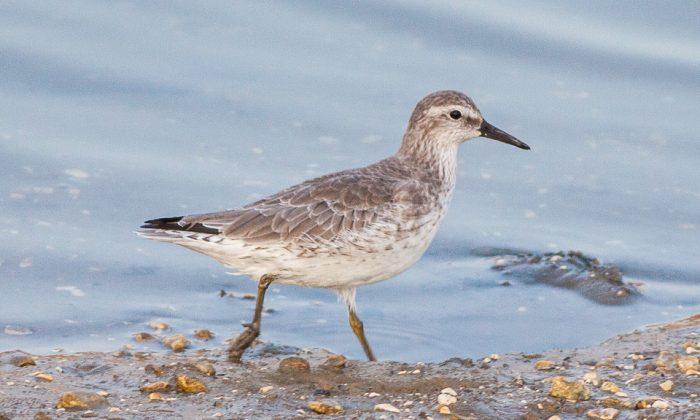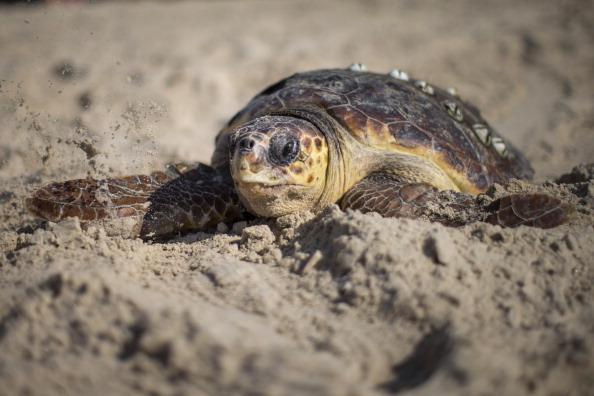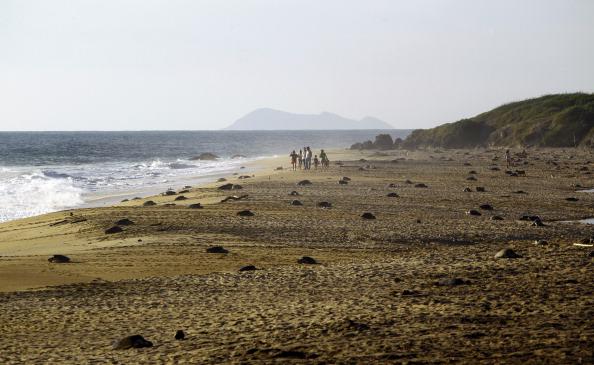They lie abandoned on the seafloor, crusted with barnacles and shrouded in algae. There are thousands of them up and down our coasts: lost, forgotten, or just left behind by fishermen. They’re called ghost traps, and as a recent National Oceanographic and Atmospheric Administration study found, they’re a serious threat to the very marine ecosystems our fishing economy relies on.
Traps are used to catch a variety of sea life, including crabs, lobsters and eels. They may be shaped like pots or crates, or simply consist of a frame with a small opening into a net. Most are stocked with bait. After a certain period of time, the fisherman hauls the trap to the surface and harvests the catch. Often, a significant number of the species inside the trap are bycatch: scavenging crabs, small fish, even starfish and octopuses.
When left to sit on the ocean floor, these traps can present a problem as they continue to catch wildlife. The NOAA study found at least five and as many as 47 traps per square kilometer in every fishery site they examined. Their report warned that these traps could be doing serious harm to our marine environment, and more research needs to be done to determine the severity of their impact.
The traps themselves aren’t the only problem. In the Northeast, the ropes attached to abandoned lobster pots are serious threat to endangered North Atlantic right whales that can get tangled up in them while feeding near the sea floor. Sea turtles in the Gulf and south Atlantic also face a gauntlet of ropes and ghost nets, and the loss is doubly tragic when a pregnant female is snared on her way to lay eggs onshore.
NOAA’s report revealed that, while we know derelict traps are hurting marine wildlife and habitat, we don’t know much about how they affect particular species or the best ways to fix the problem. However, the report concluded that ghost traps are extremely preventable. NOAA has proposed a management strategy involving the fishing industry in finding solutions. Fishermen, fishery managers, and local governments can work together to recover derelict traps and make sure no more of them are lost in our oceans in the future.
NOAA now needs to commit to researching this problem to make our nation’s coasts safer for North Atlantic right whales, sea turtles and all marine wildlife.
This article was originally written and published by Haley McKey, a Communications Associate at Defenders of Wildlife. For the original article and more information, please click HERE.



